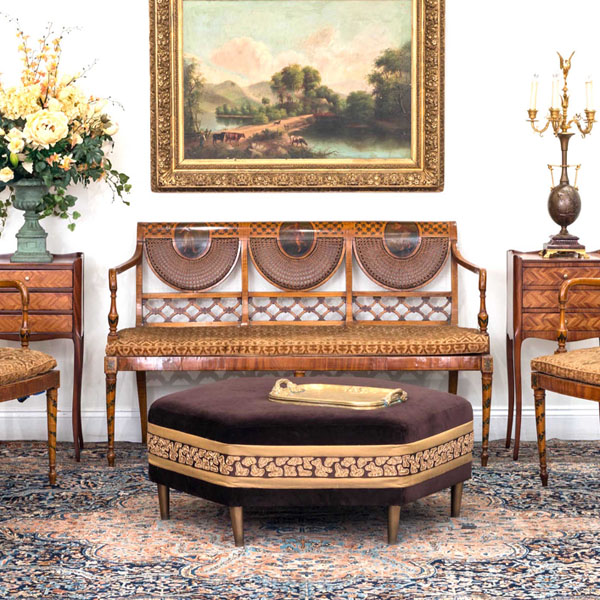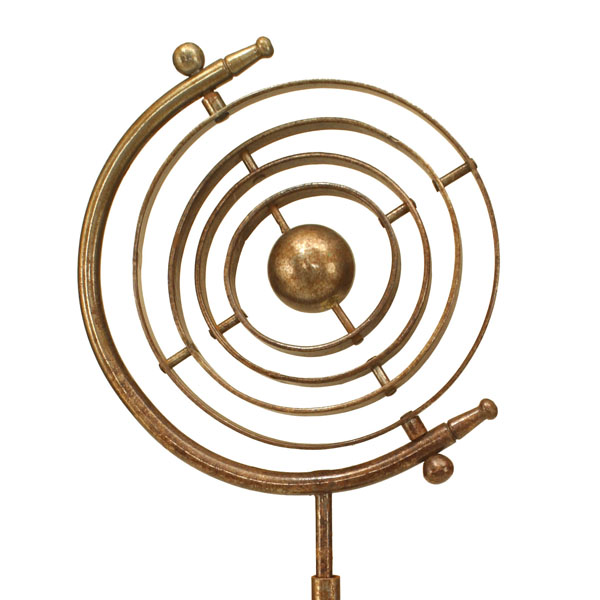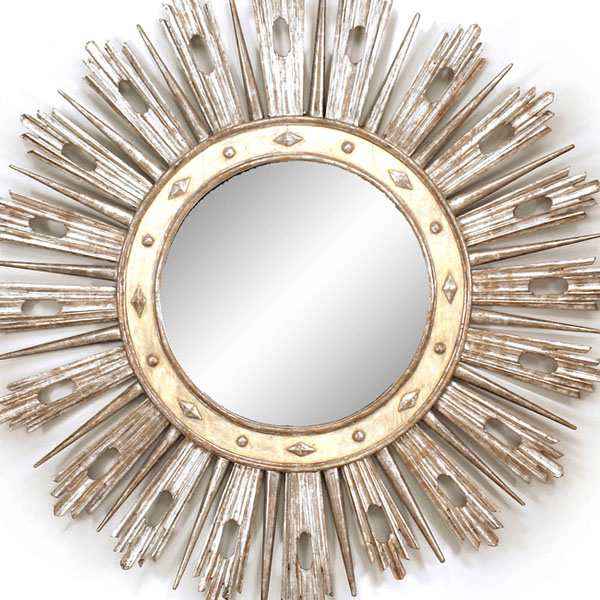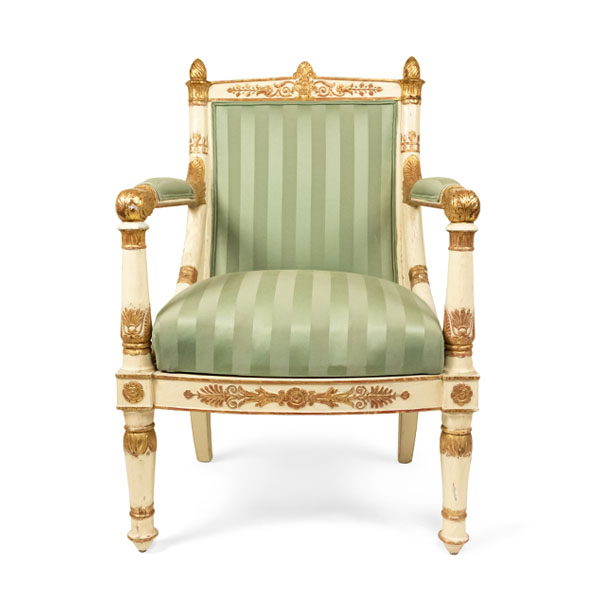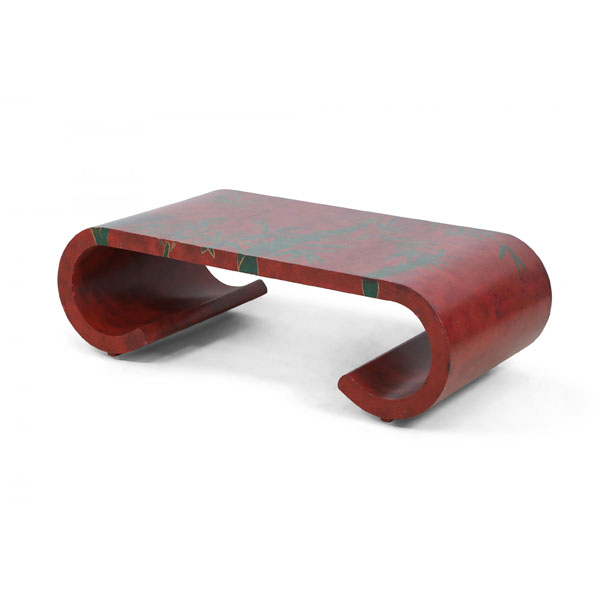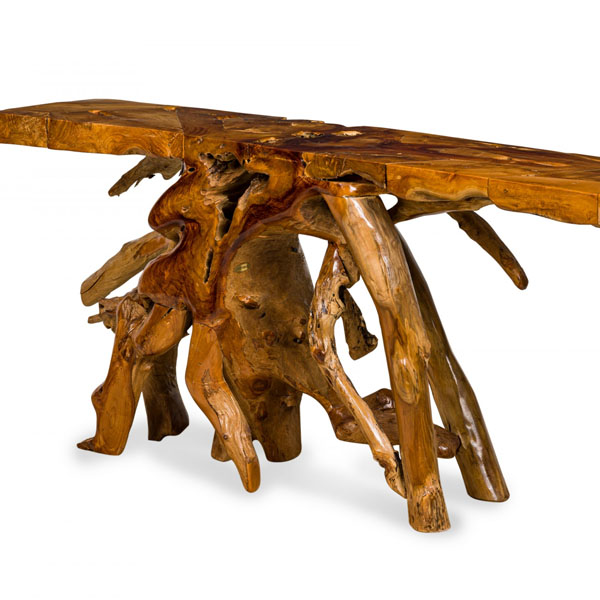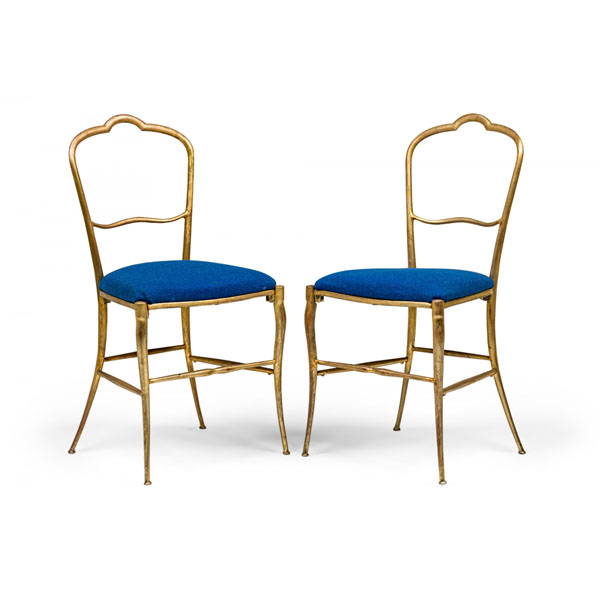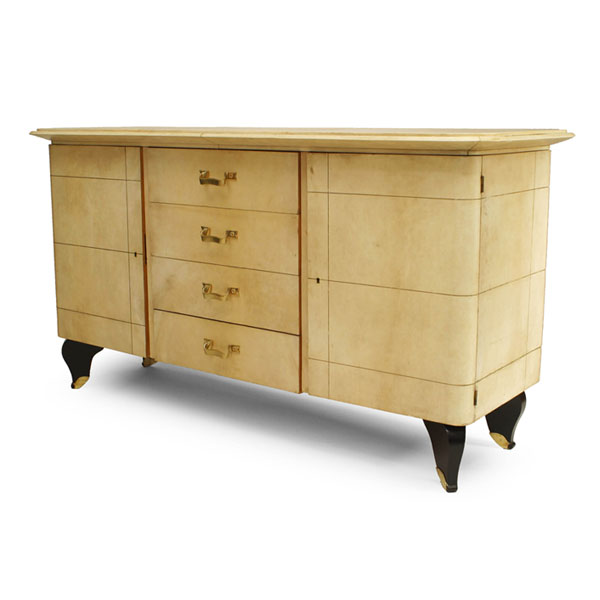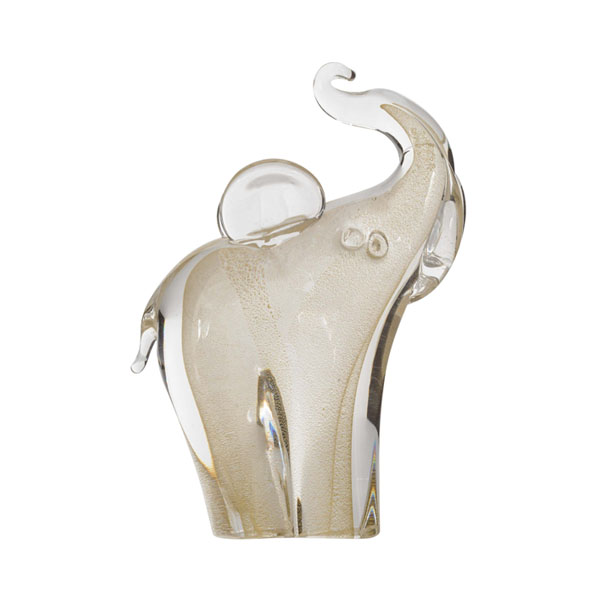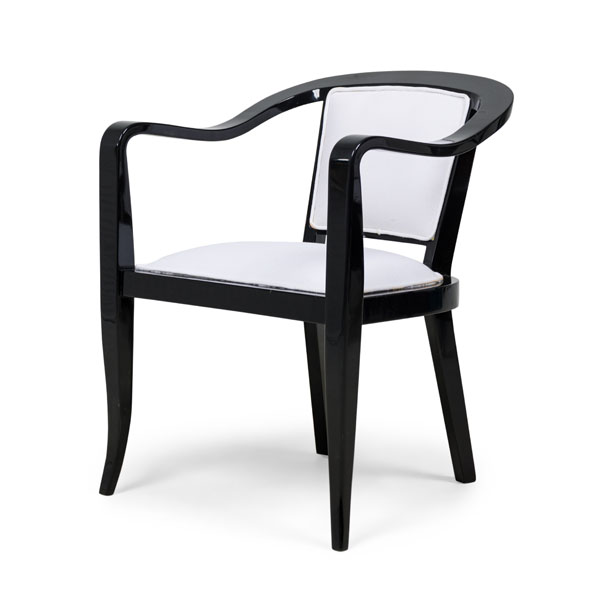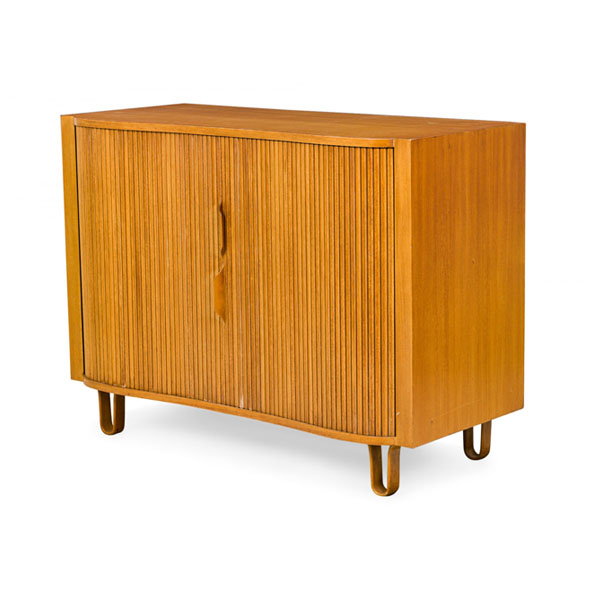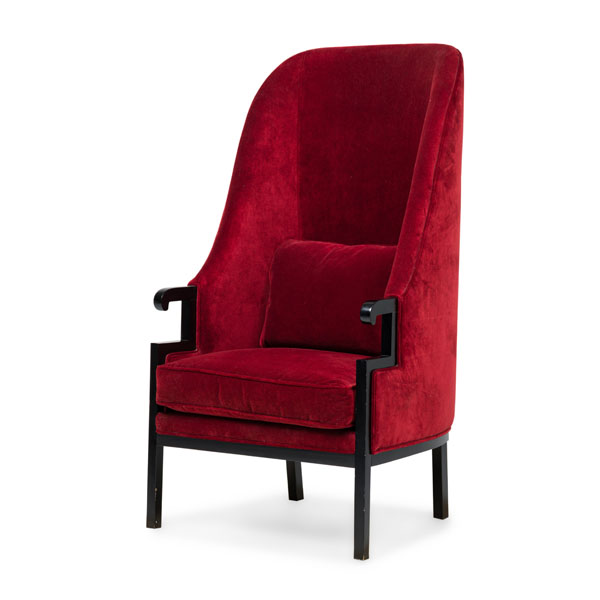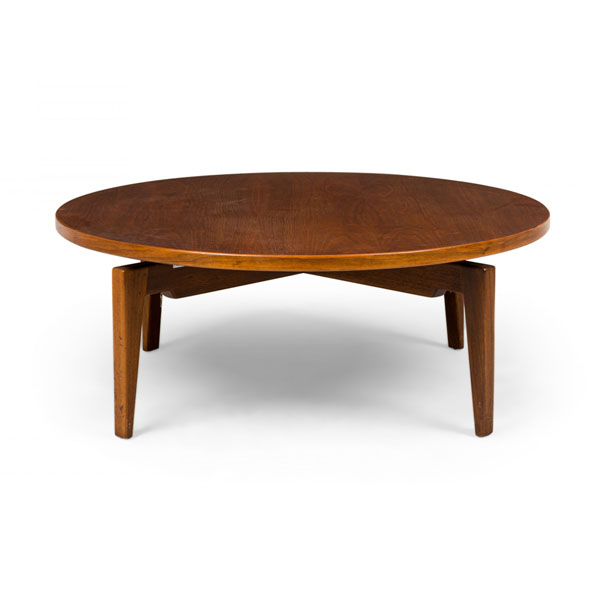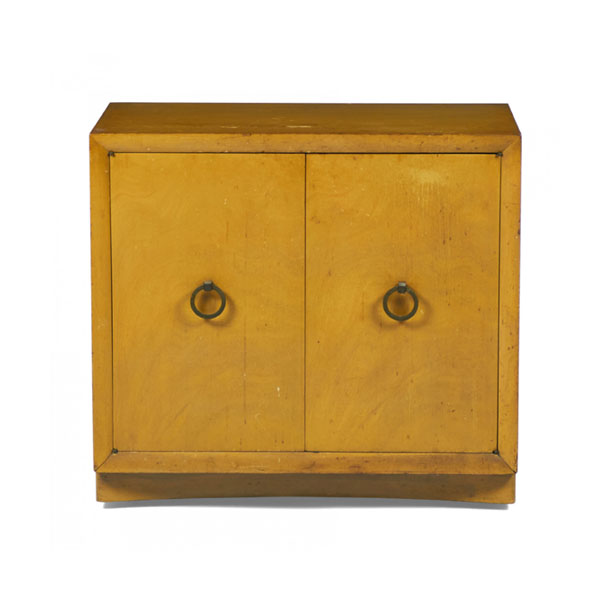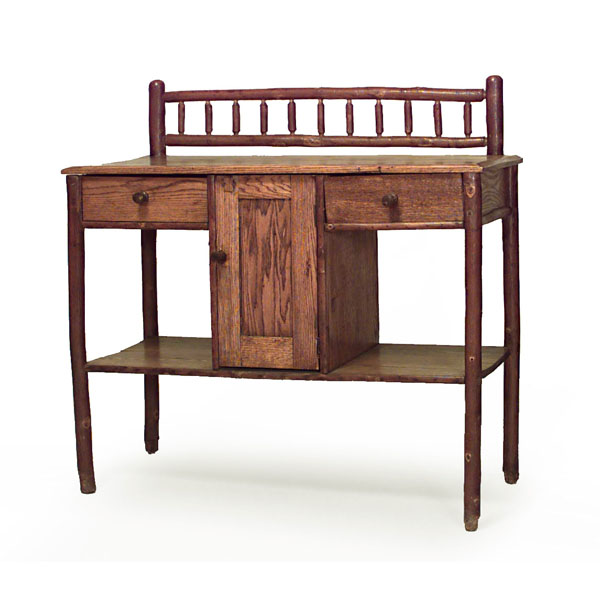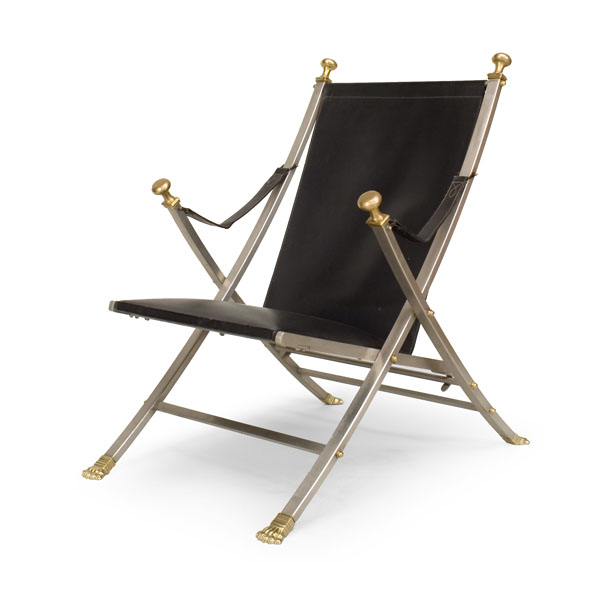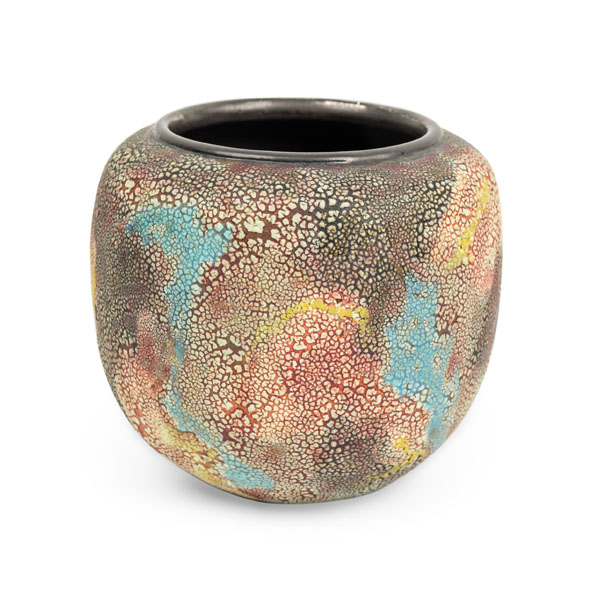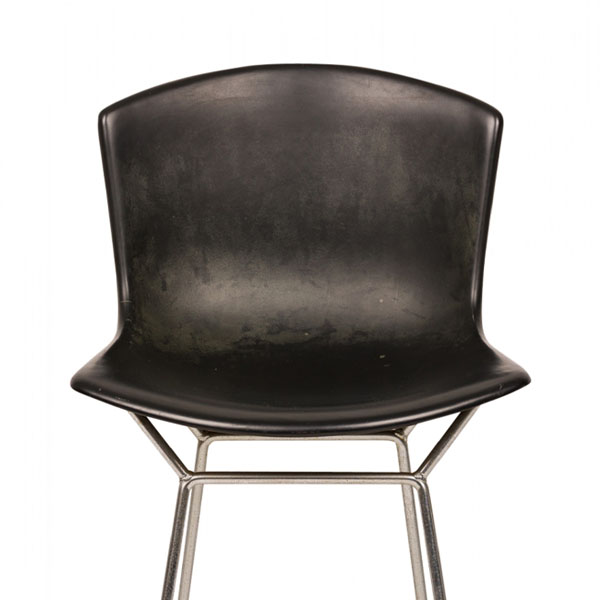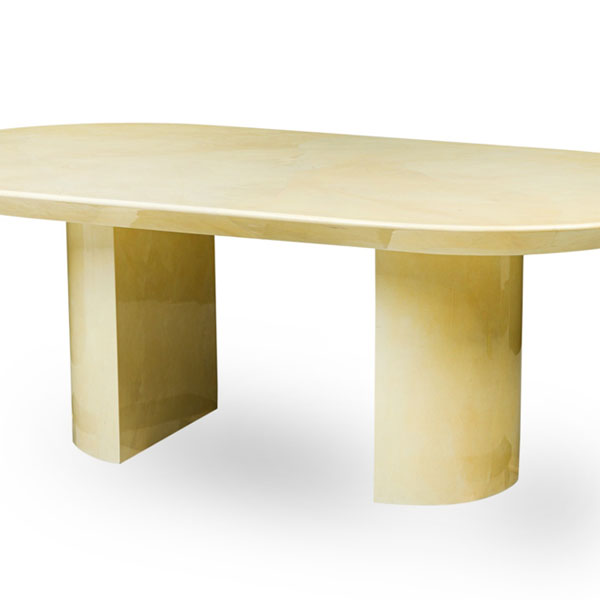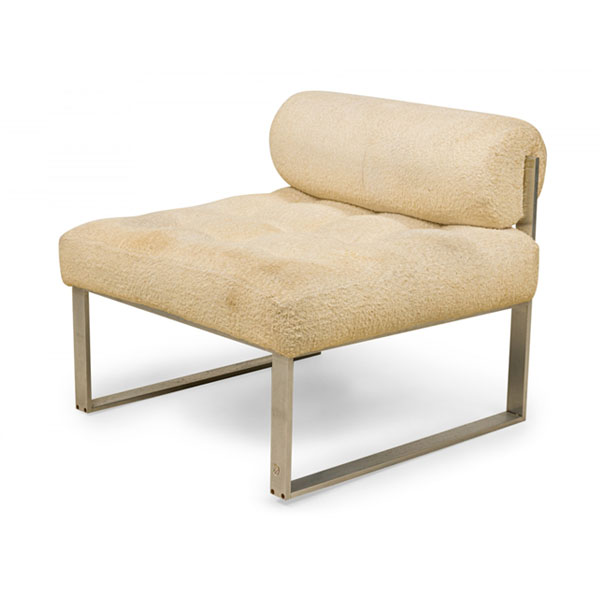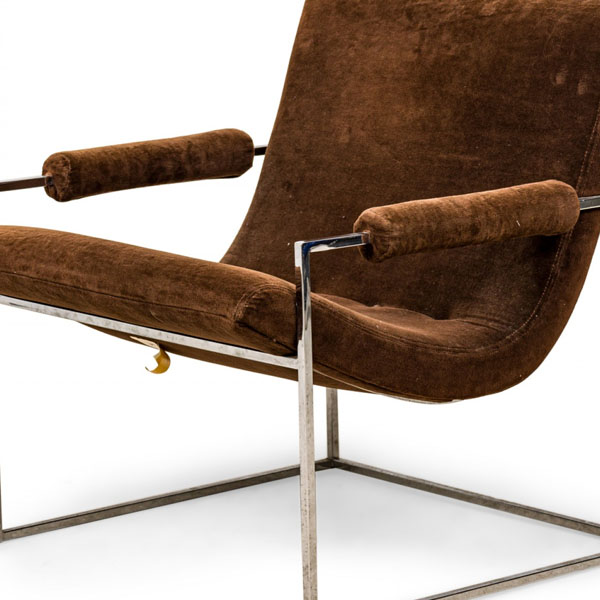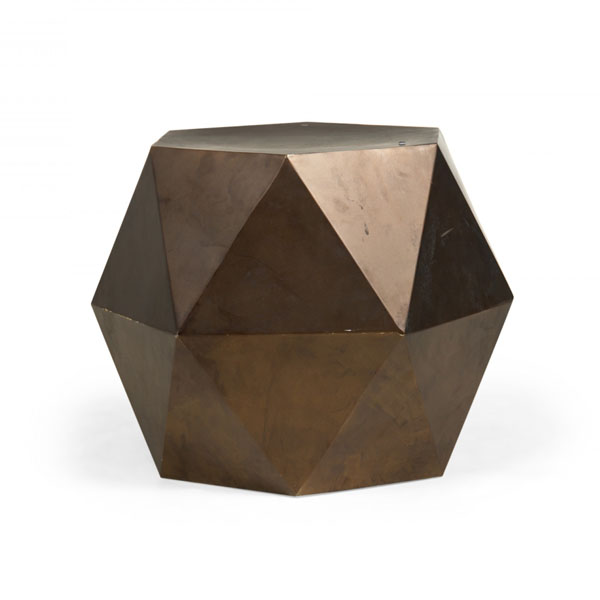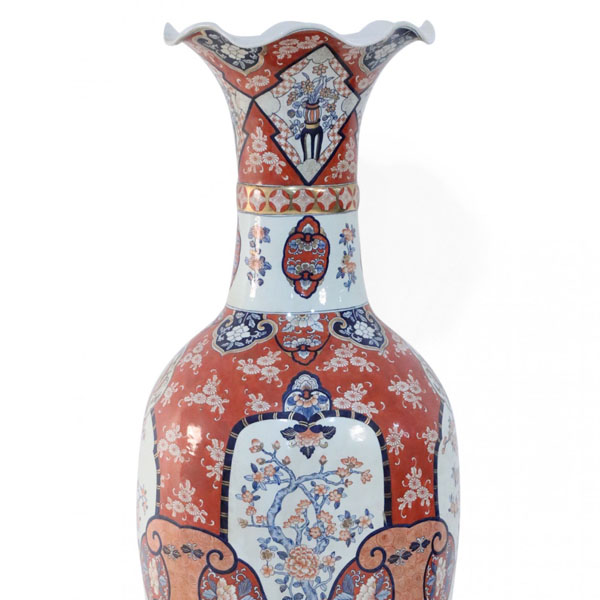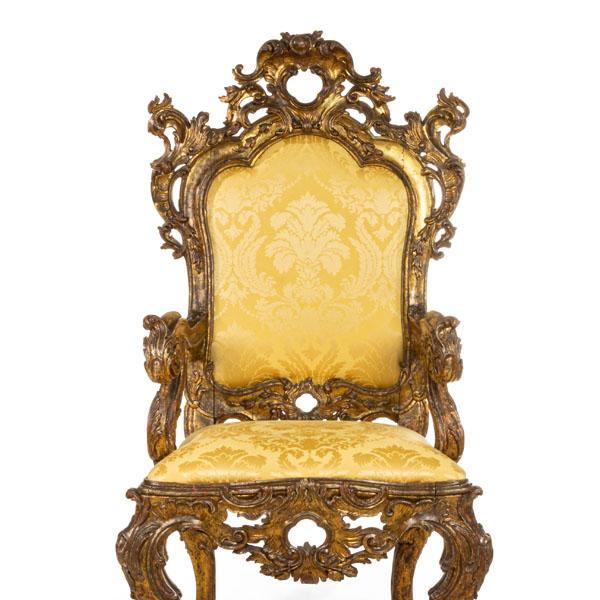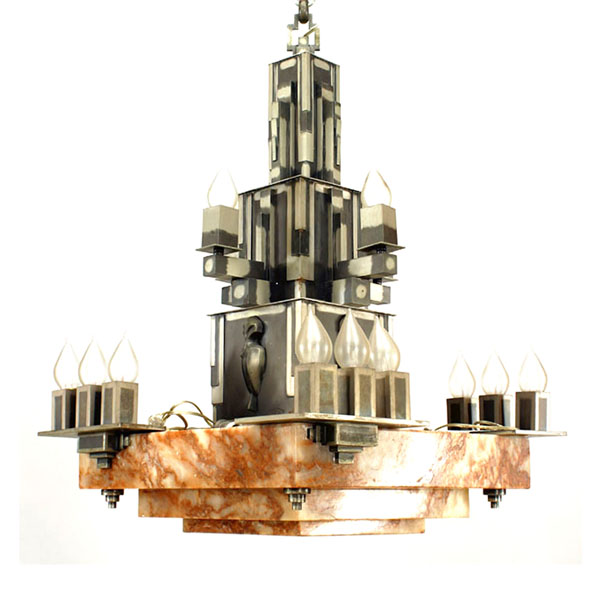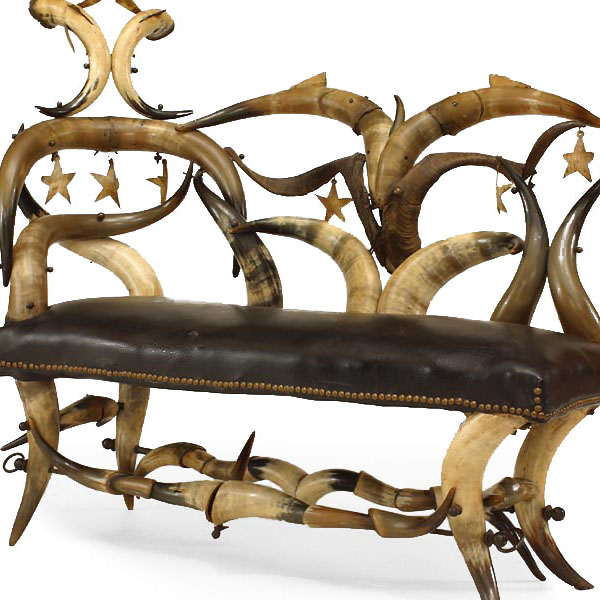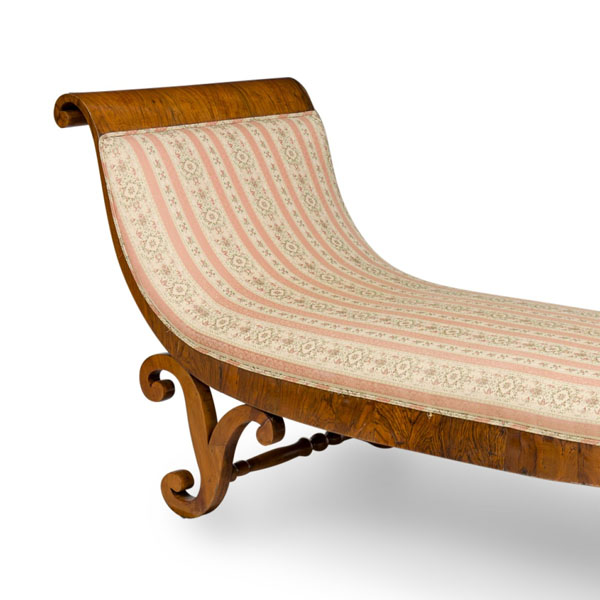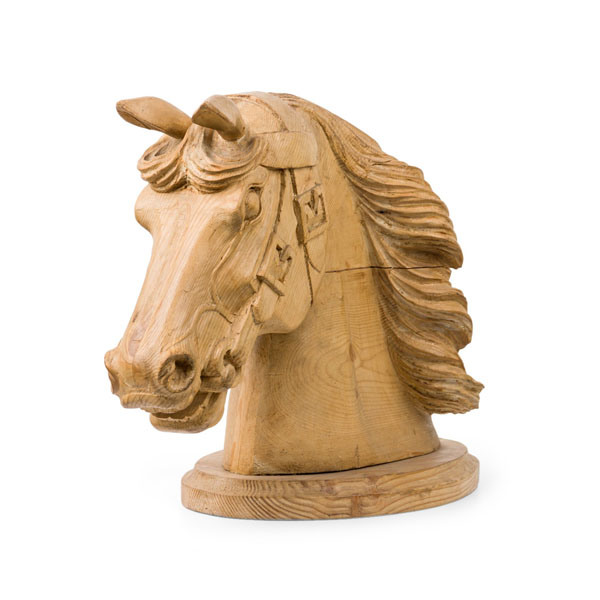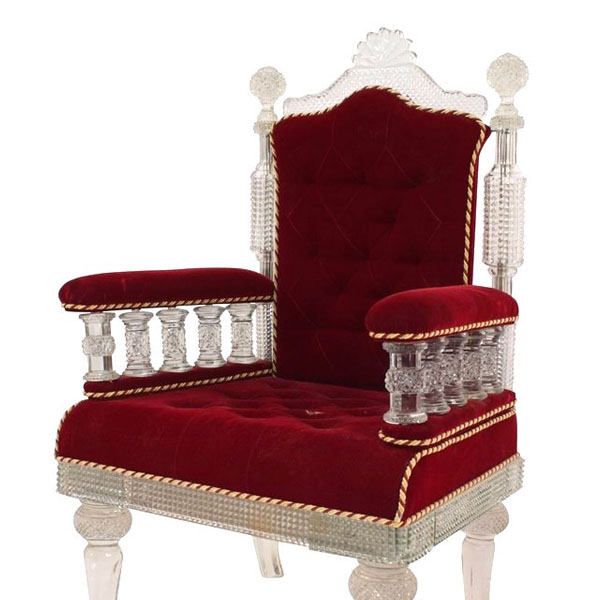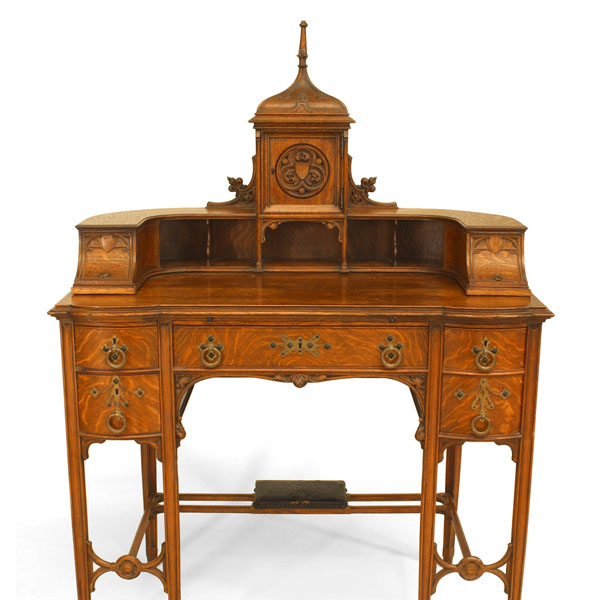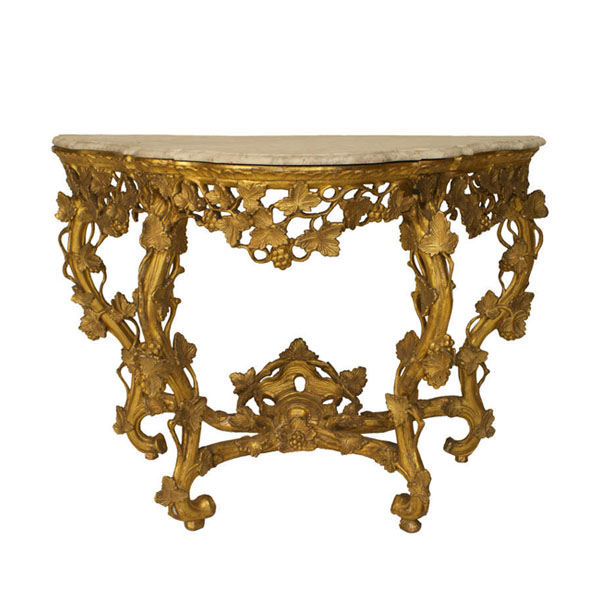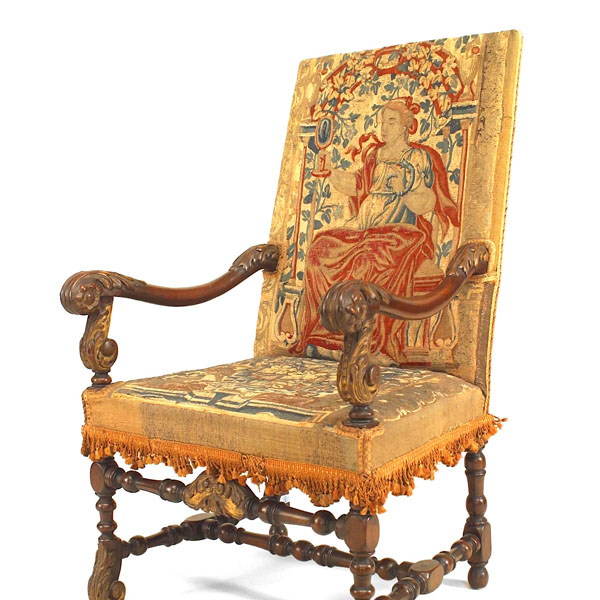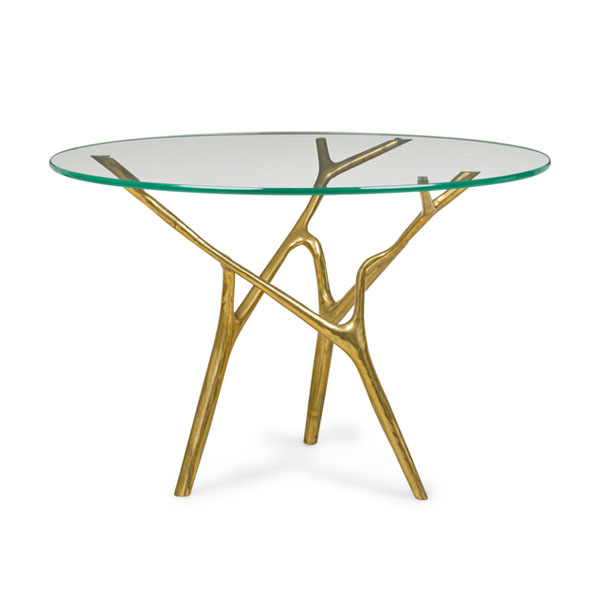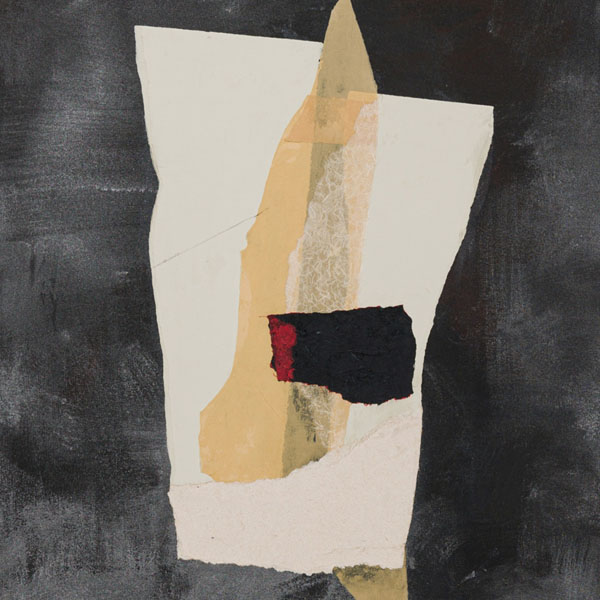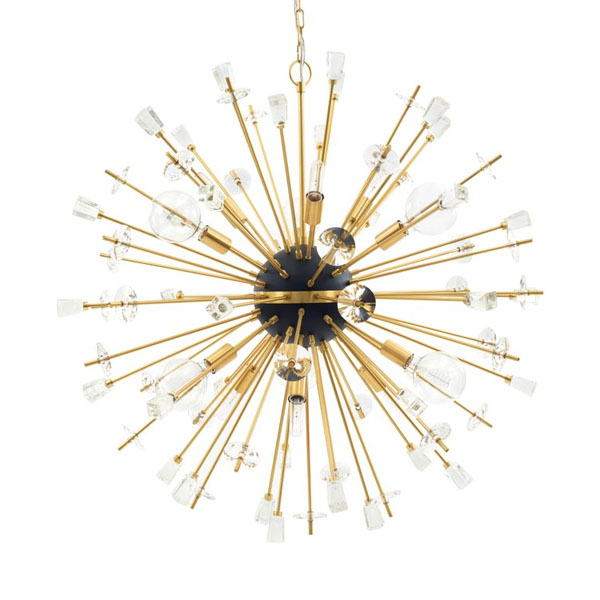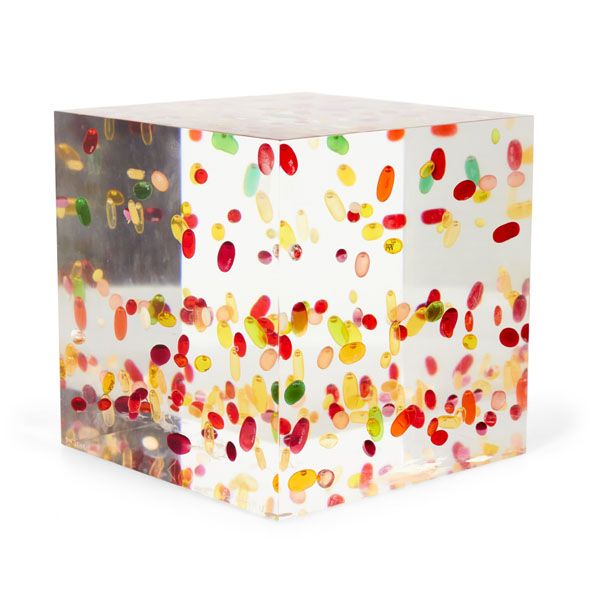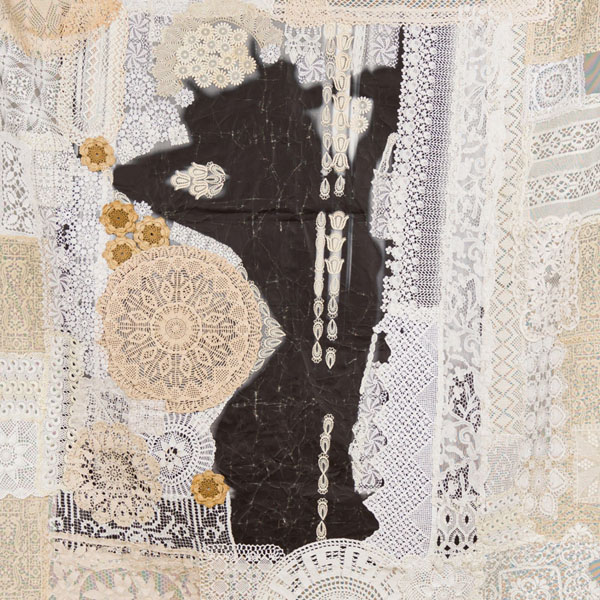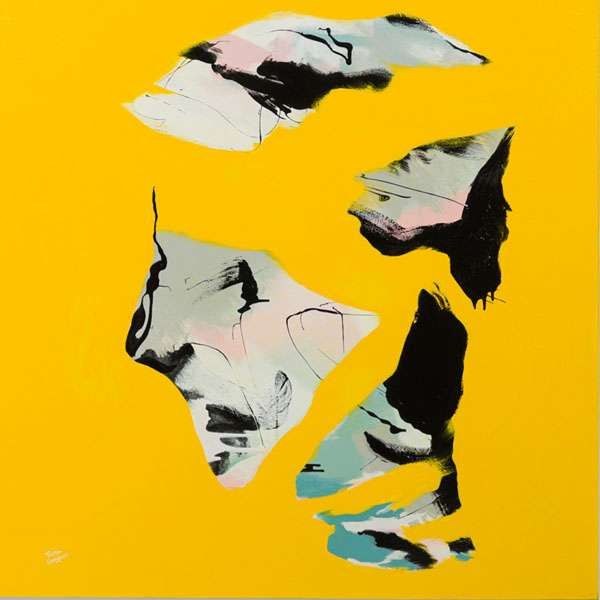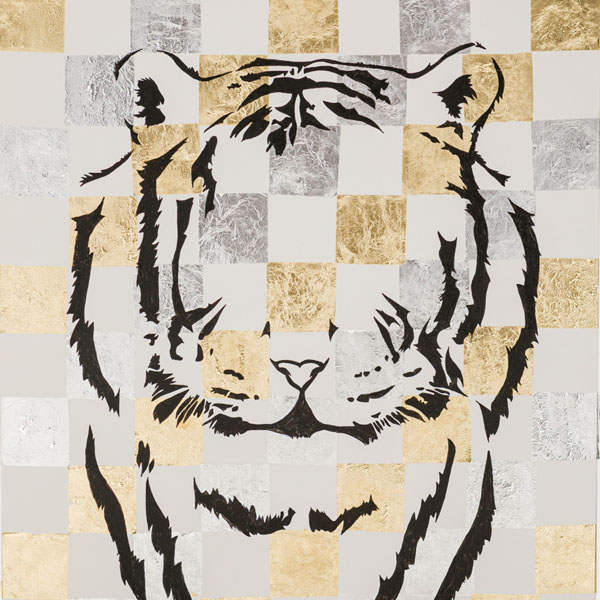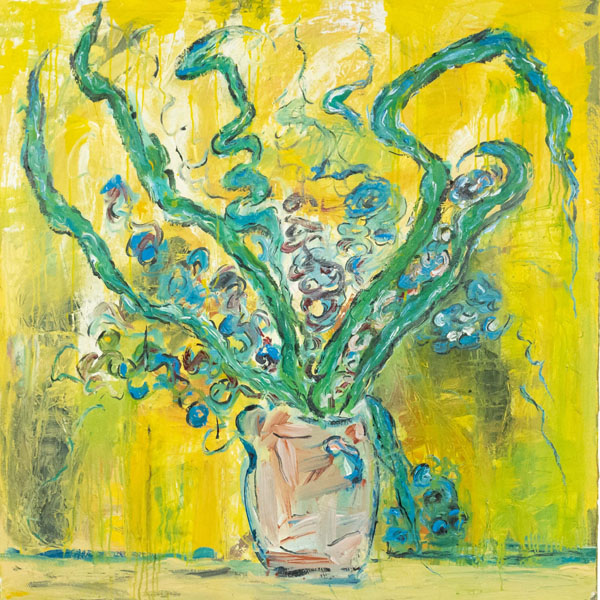ARTISTS @ NEWEL
Discover a world of clean lines, bold color and contrasting shapes with Larry Bentley's exclusive work at Newel
Browse the largest inventory of 20th Century Iconic Design.
ARTISTS @ NEWEL
Discover a world of clean lines, bold color and contrasting shapes with Larry Bentley's exclusive work at Newel
ARTISTS @ NEWEL
Discover a world of clean lines, bold color and contrasting shapes with Larry Bentley's exclusive work at Newel
Browse the largest inventory of 20th Century Iconic Design.
ARTISTS @ NEWEL
Discover a world of clean lines, bold color and contrasting shapes with Larry Bentley's exclusive work at Newel
ARTISTS @ NEWEL
Discover a world of clean lines, bold color and contrasting shapes with Larry Bentley's exclusive work at Newel
ARTISTS @ NEWEL
Dicover a world of clean lines, bold color and contrasting shapes with Larry Bentley's exclusive work at Newel
CONTEMPORARY ART & DESIGN
Browse the largest inventory of 20th Century Iconic Design.
ARTISTS @ NEWEL
Dicover a world of clean lines, bold color and contrasting shapes with Larry Bentley's exclusive work at Newel
$37,500
(USD)
QTY: 1
#CON106
Width: 36.5"
Depth: 36.5"
Height: 49"
$15,000
/ Pair (USD)
QTY: 2
#060477
Width: 27"
Depth: 31"
Height: 45"
$4,250
(USD)
QTY: 1
#NWL6992
Width: 21"
Depth: 1"
Height: 29"
$38,000
(USD)
QTY: 1
#REG4202
Width: 66"
Depth: 18"
Height: 39"
$14,500
(USD)
QTY: 1
#049212
Width: 0"
Depth: 2"
Height: 0"
$900
(USD)
QTY: 1
#GRL5065
Width: 7"
Depth: 7"
Height: 6"
$4,500
/ Pair (USD)
QTY: 1
#NWL2567
Width: 9"
Depth: 9"
Height: 14"
$15,000
/ Pair (USD)
QTY: 2
#060477
Width: 27"
Depth: 31"
Height: 45"
$4,250
(USD)
QTY: 1
#NWL6992
Width: 21"
Depth: 1"
Height: 29"
$38,000
(USD)
QTY: 1
#REG4202
Width: 66"
Depth: 18"
Height: 39"
$14,500
(USD)
QTY: 1
#049212
Width: 0"
Depth: 2"
Height: 0"
$900
(USD)
QTY: 1
#GRL5065
Width: 7"
Depth: 7"
Height: 6"
$4,500
/ Pair (USD)
QTY: 1
#NWL2567
Width: 9"
Depth: 9"
Height: 14"
$18,600
(USD)
QTY: 1
#062261B
Width: 68.5"
Depth: 15.75"
Height: 39.25"
$4,250
(USD)
QTY: 1
#NWL6992
Width: 21"
Depth: 1"
Height: 29"
$38,000
(USD)
QTY: 1
#REG4202
Width: 66"
Depth: 18"
Height: 39"
$14,500
(USD)
QTY: 1
#049212
Width: 0"
Depth: 2"
Height: 0"
$900
(USD)
QTY: 1
#GRL5065
Width: 7"
Depth: 7"
Height: 6"
$4,500
/ Pair (USD)
QTY: 1
#NWL2567
Width: 9"
Depth: 9"
Height: 14"
$18,600
(USD)
QTY: 1
#062261B
Width: 68.5"
Depth: 15.75"
Height: 39.25"
$37,500
(USD)
QTY: 1
#CON106
Width: 36.5"
Depth: 36.5"
Height: 49"
$38,000
(USD)
QTY: 1
#REG4202
Width: 66"
Depth: 18"
Height: 39"
$14,500
(USD)
QTY: 1
#049212
Width: 0"
Depth: 2"
Height: 0"
$900
(USD)
QTY: 1
#GRL5065
Width: 7"
Depth: 7"
Height: 6"
$4,500
/ Pair (USD)
QTY: 1
#NWL2567
Width: 9"
Depth: 9"
Height: 14"
$18,600
(USD)
QTY: 1
#062261B
Width: 68.5"
Depth: 15.75"
Height: 39.25"
$37,500
(USD)
QTY: 1
#CON106
Width: 36.5"
Depth: 36.5"
Height: 49"
$15,000
/ Pair (USD)
QTY: 2
#060477
Width: 27"
Depth: 31"
Height: 45"
$14,500
(USD)
QTY: 1
#049212
Width: 0"
Depth: 2"
Height: 0"
$900
(USD)
QTY: 1
#GRL5065
Width: 7"
Depth: 7"
Height: 6"
$4,500
/ Pair (USD)
QTY: 1
#NWL2567
Width: 9"
Depth: 9"
Height: 14"
$18,600
(USD)
QTY: 1
#062261B
Width: 68.5"
Depth: 15.75"
Height: 39.25"
$37,500
(USD)
QTY: 1
#CON106
Width: 36.5"
Depth: 36.5"
Height: 49"
$15,000
/ Pair (USD)
QTY: 2
#060477
Width: 27"
Depth: 31"
Height: 45"
$4,250
(USD)
QTY: 1
#NWL6992
Width: 21"
Depth: 1"
Height: 29"
$900
(USD)
QTY: 1
#GRL5065
Width: 7"
Depth: 7"
Height: 6"
$4,500
/ Pair (USD)
QTY: 1
#NWL2567
Width: 9"
Depth: 9"
Height: 14"
$18,600
(USD)
QTY: 1
#062261B
Width: 68.5"
Depth: 15.75"
Height: 39.25"
$37,500
(USD)
QTY: 1
#CON106
Width: 36.5"
Depth: 36.5"
Height: 49"
$15,000
/ Pair (USD)
QTY: 2
#060477
Width: 27"
Depth: 31"
Height: 45"
$4,250
(USD)
QTY: 1
#NWL6992
Width: 21"
Depth: 1"
Height: 29"
$38,000
(USD)
QTY: 1
#REG4202
Width: 66"
Depth: 18"
Height: 39"
$4,500
/ Pair (USD)
QTY: 1
#NWL2567
Width: 9"
Depth: 9"
Height: 14"
$18,600
(USD)
QTY: 1
#062261B
Width: 68.5"
Depth: 15.75"
Height: 39.25"
$37,500
(USD)
QTY: 1
#CON106
Width: 36.5"
Depth: 36.5"
Height: 49"
$15,000
/ Pair (USD)
QTY: 2
#060477
Width: 27"
Depth: 31"
Height: 45"
$4,250
(USD)
QTY: 1
#NWL6992
Width: 21"
Depth: 1"
Height: 29"
$38,000
(USD)
QTY: 1
#REG4202
Width: 66"
Depth: 18"
Height: 39"
$14,500
(USD)
QTY: 1
#049212
Width: 0"
Depth: 2"
Height: 0"
$18,600
(USD)
QTY: 1
#062261B
Width: 68.5"
Depth: 15.75"
Height: 39.25"
$37,500
(USD)
QTY: 1
#CON106
Width: 36.5"
Depth: 36.5"
Height: 49"
$15,000
/ Pair (USD)
QTY: 2
#060477
Width: 27"
Depth: 31"
Height: 45"
$4,250
(USD)
QTY: 1
#NWL6992
Width: 21"
Depth: 1"
Height: 29"
$38,000
(USD)
QTY: 1
#REG4202
Width: 66"
Depth: 18"
Height: 39"
$14,500
(USD)
QTY: 1
#049212
Width: 0"
Depth: 2"
Height: 0"
$900
(USD)
QTY: 1
#GRL5065
Width: 7"
Depth: 7"
Height: 6"
Browse tomorrow's classics today, select your favorite finish and own a one-of-a-kind designer icon built by Newel, to your specifications. Our customizable investment-grade limited editions are backed by best-in-industry support.
Nullam id dolor id nibh ultricies vehicula ut id elit. Cras justo odio, dapibus ac facilisis in, egestas eget quam. Donec id elit non mi porta gravida at eget metus..
BUSINESS OF HOME
Nullam id dolor id nibh ultricies vehicula ut id elit. Cras justo odio, dapibus ac facilisis in, egestas eget quam. Donec id elit non mi porta gravida at eget metus..
BUSINESS OF HOME
Nullam id dolor id nibh ultricies vehicula ut id elit. Cras justo odio, dapibus ac facilisis in, egestas eget quam. Donec id elit non mi porta gravida at eget metus..
BUSINESS OF HOME
Nullam id dolor id nibh ultricies vehicula ut id elit. Cras justo odio, dapibus ac facilisis in, egestas eget quam. Donec id elit non mi porta gravida at eget metus..
BUSINESS OF HOME

Dr. Richard Schuster’s career began with an exceptional academic foundation. After earning his PhD in Experimental Psychology from Harvard University, Dr. Schuster made an unexpected choice in 1971—turning down a prestigious offer from Yale University to teach at the University of Zambia. He had already developed a deep interest in wildlife and African culture, and Zambia provided the perfect environment to explore both.
Join NEWEL and maximize your return on your creativity.
Got Inventory?
Sell or consign to Newel and earn from sales & rentals.
$39,500
/ Pair (USD)
QTY: 1
#REG4275
Width: 40"
Depth: 40"
Height: 40"
$28,500
/ Set (USD)
QTY: 7
#DUF0774
Width: 21"
Depth: 18"
Height: 36"
$39,000
/ Each (USD)
QTY: 2
#062233
Width: 60"
Depth: 60"
Height: 72"
$32,500
/ Pair (USD)
QTY: 1
#REG4291
Width: 35.98"
Depth: 32"
Height: 33.5"
$28,000
(USD)
QTY: 1
#NWL0722
Width: 59"
Depth: 59"
Height: 31"
$14,500
/ Pair (USD)
QTY: 1
#REG4307
Width: 23"
Depth: 20"
Height: 37.75"
$28,500
/ Set (USD)
QTY: 7
#DUF0774
Width: 21"
Depth: 18"
Height: 36"
$28,500
/ Set (USD)
QTY: 7
#DUF0774
Width: 21"
Depth: 18"
Height: 36"
$39,000
/ Each (USD)
QTY: 2
#062233
Width: 60"
Depth: 60"
Height: 72"
$32,500
/ Pair (USD)
QTY: 1
#REG4291
Width: 35.98"
Depth: 32"
Height: 33.5"
$28,000
(USD)
QTY: 1
#NWL0722
Width: 59"
Depth: 59"
Height: 31"
$14,500
/ Pair (USD)
QTY: 1
#REG4307
Width: 23"
Depth: 20"
Height: 37.75"
$39,500
/ Pair (USD)
QTY: 1
#REG4275
Width: 40"
Depth: 40"
Height: 40"
$28,500
/ Set (USD)
QTY: 7
#DUF0774
Width: 21"
Depth: 18"
Height: 36"
$39,000
/ Each (USD)
QTY: 2
#062233
Width: 60"
Depth: 60"
Height: 72"
$32,500
/ Pair (USD)
QTY: 1
#REG4291
Width: 35.98"
Depth: 32"
Height: 33.5"
$28,000
(USD)
QTY: 1
#NWL0722
Width: 59"
Depth: 59"
Height: 31"
$14,500
/ Pair (USD)
QTY: 1
#REG4307
Width: 23"
Depth: 20"
Height: 37.75"
$39,500
/ Pair (USD)
QTY: 1
#REG4275
Width: 40"
Depth: 40"
Height: 40"
$28,500
/ Set (USD)
QTY: 7
#DUF0774
Width: 21"
Depth: 18"
Height: 36"
$39,000
/ Each (USD)
QTY: 2
#062233
Width: 60"
Depth: 60"
Height: 72"
$32,500
/ Pair (USD)
QTY: 1
#REG4291
Width: 35.98"
Depth: 32"
Height: 33.5"
$28,000
(USD)
QTY: 1
#NWL0722
Width: 59"
Depth: 59"
Height: 31"
$14,500
/ Pair (USD)
QTY: 1
#REG4307
Width: 23"
Depth: 20"
Height: 37.75"
$39,500
/ Pair (USD)
QTY: 1
#REG4275
Width: 40"
Depth: 40"
Height: 40"
$28,500
/ Set (USD)
QTY: 7
#DUF0774
Width: 21"
Depth: 18"
Height: 36"
$39,000
/ Each (USD)
QTY: 2
#062233
Width: 60"
Depth: 60"
Height: 72"
$32,500
/ Pair (USD)
QTY: 1
#REG4291
Width: 35.98"
Depth: 32"
Height: 33.5"
$28,000
(USD)
QTY: 1
#NWL0722
Width: 59"
Depth: 59"
Height: 31"
$14,500
/ Pair (USD)
QTY: 1
#REG4307
Width: 23"
Depth: 20"
Height: 37.75"
$39,500
/ Pair (USD)
QTY: 1
#REG4275
Width: 40"
Depth: 40"
Height: 40"
$28,500
/ Set (USD)
QTY: 7
#DUF0774
Width: 21"
Depth: 18"
Height: 36"
$39,000
/ Each (USD)
QTY: 2
#062233
Width: 60"
Depth: 60"
Height: 72"
$32,500
/ Pair (USD)
QTY: 1
#REG4291
Width: 35.98"
Depth: 32"
Height: 33.5"
$28,000
(USD)
QTY: 1
#NWL0722
Width: 59"
Depth: 59"
Height: 31"
$14,500
/ Pair (USD)
QTY: 1
#REG4307
Width: 23"
Depth: 20"
Height: 37.75"
$39,500
/ Pair (USD)
QTY: 1
#REG4275
Width: 40"
Depth: 40"
Height: 40"
$28,500
/ Set (USD)
QTY: 7
#DUF0774
Width: 21"
Depth: 18"
Height: 36"
$39,000
/ Each (USD)
QTY: 2
#062233
Width: 60"
Depth: 60"
Height: 72"
$32,500
/ Pair (USD)
QTY: 1
#REG4291
Width: 35.98"
Depth: 32"
Height: 33.5"
$28,000
(USD)
QTY: 1
#NWL0722
Width: 59"
Depth: 59"
Height: 31"
$14,500
/ Pair (USD)
QTY: 1
#REG4307
Width: 23"
Depth: 20"
Height: 37.75"
Item added Successfully
REGISTER
PLEASE FILL IN THE REQUIRED FIELDS.

